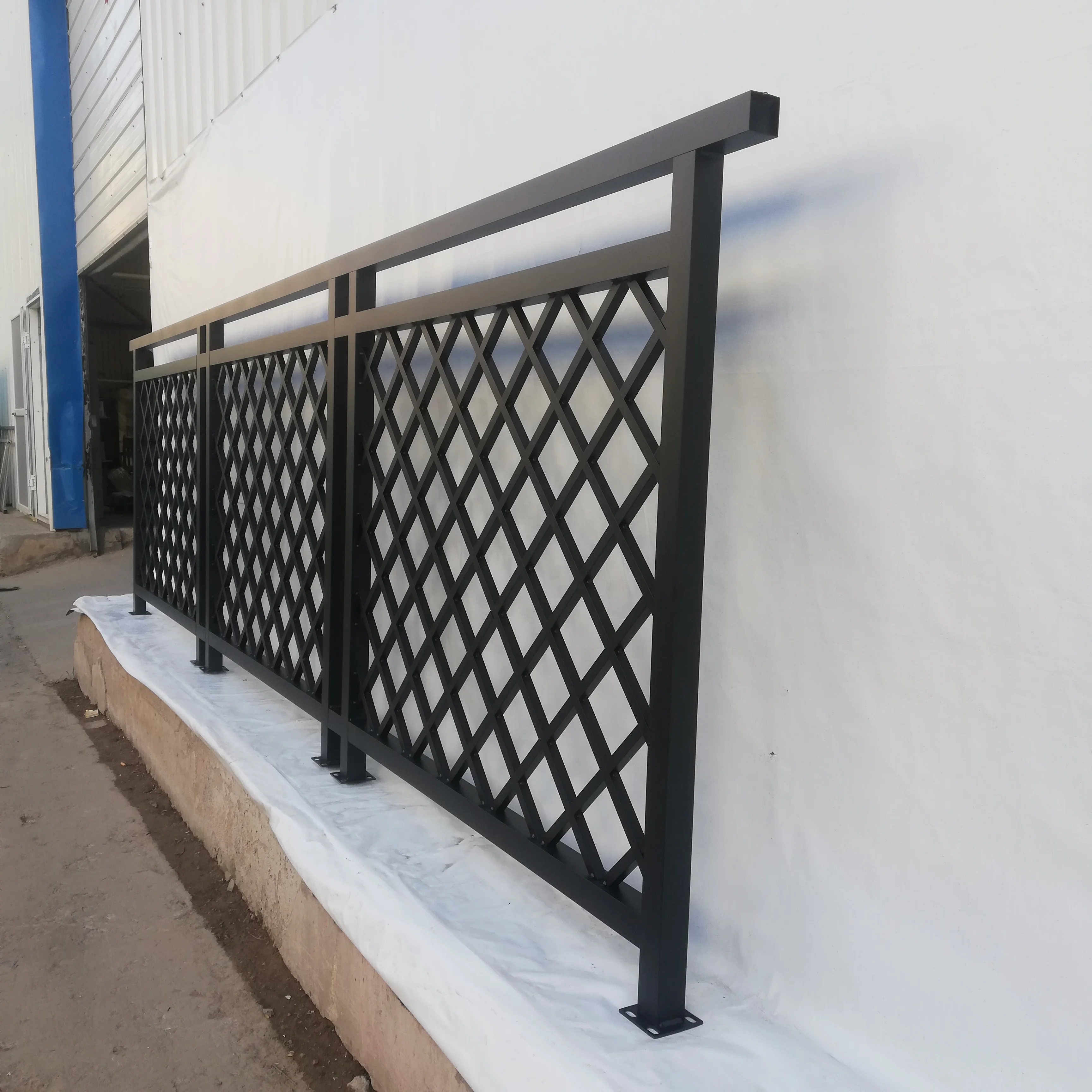

Some A-site cations are soluble in water, even in alkaline conditions ( 21). Specifically, in most inorganic ABO 3 perovskites, A-site is occupied by alkaline earth metals and lanthanides, which, with their relatively large ionic size (>1 Å), are indispensable for supporting the framework of corner-shared B-site octahedra. This, to a great extent, is due to the complexity of the entire reconstruction process, which has not been fully understood ( 4, 12, 14, 20). However, although the observations of perovskite surface reconstruction have been intensively reported, designing advanced perovskite precatalysts to generate highly active reconstructed surfaces for OER is still a challenge. Among them, the perovskite-type complex oxides, such as (Ba 0.5Sr 0.5)(Co 0.8Fe 0.2)O 3-δ and SrIrO 3, are demonstrated with superior activity toward OER because of the presence of unique surface reconstructions ( 4, 12– 19). More recently, the existence of OER-induced surface reconstruction, mainly ion leaching and/or structural reorganization, has been widely detected at various catalysts, which range from metal alloys, metal sulfides/selenides/nitrides/phosphides, and metal oxides ( 4, 7– 13). To date, a wide variety of transition metal (TM)–based materials have been explored for catalyzing the OER in acid and alkaline, and substantial improvements have been achieved ( 1– 6). Its sluggish reaction kinetic greatly constrains the efficiency of the whole reaction, making the development of highly efficient OER catalysts one of the major challenges for implementing water electrolysis. In water electrolysis, the oxygen evolution reaction (OER) via a four-electron transfer process plays a pivotal role in determining the energy conversion efficiency.

To mitigate this issue, converting electrical energy (provided by renewable energy sources) into chemical bonds through electrocatalysis, such as water electrolysis for hydrogen fuel, is a viable choice for energy storage. Increased energy demands and global warming issues are urging our society to rely more on renewable energy sources, which are often intermittently available. A thorough surface reconstruction with dual-site metal leaching induces an activity improvement by approximately two orders of magnitude, which makes the reconstructed SrCo 0.5Ir 0.5O 3 among the best for water oxidation in acid. Sr leaching from A-site mainly generates more electrochemical surface area for the reaction, and additional leaching of Sc/Co from B-site triggers the formation of a honeycomb-like IrO xH y phase with a notable increase in intrinsic activity. The occurrence and order of leaching of Sr (A-site) and Sc/Co (B-site) were controlled by tailoring the thermodynamic stability of B-site. Here, we manipulate the occurrence and process of surface reconstruction in two model ABO 3 perovskites, i.e., SrSc 0.5Ir 0.5O 3 and SrCo 0.5Ir 0.5O 3, which allow us to evaluate the structure and activity evolution step by step. Metal leaching during water oxidation has been typically observed in conjunction with surface reconstruction on perovskite oxide catalysts, but the role of metal leaching at each geometric site has not been distinguished.


 0 kommentar(er)
0 kommentar(er)
